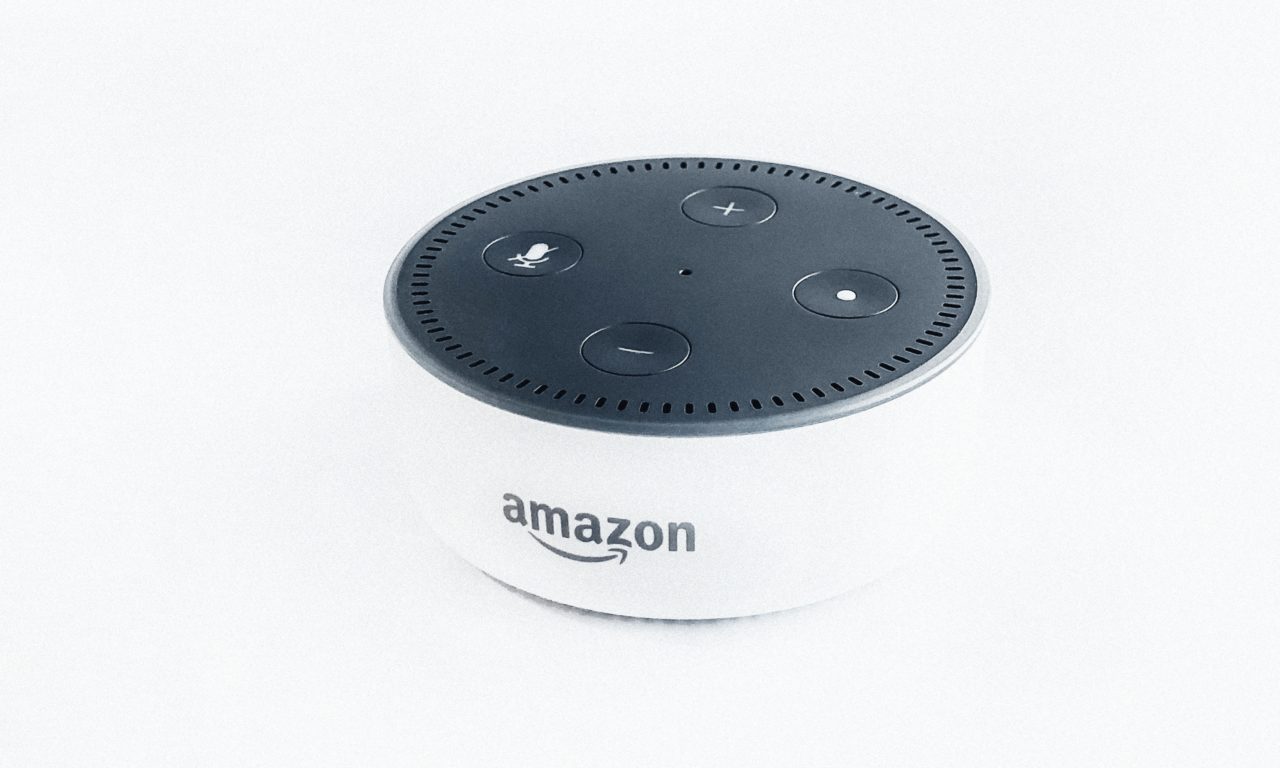I know, I know. You’re going to launch a new startup (or, you already have a startup) and it’s going to be massive. The new Facebook, Uber, or Netflix. Maybe you’ll get there, maybe not. It’s hard, but absolutely possible.
The biggest problem you’re going to face is that you’re going to show off your product before it’s as polished as the tech giants of the day.
If you’re smart, you’ll do it sooner or later. If not, well… good luck.
Having a product as polished as Uber takes time. Years of work with a lot customer feedback and a lot of money.
And if you want to launch your startup on day one with hundreds of features to directly compete with the Facebook’s of the world, you’re never going anywhere.
Hell, you’ll probably never even launch.
You need to start somewhere, and you need to launch at some point. Some point way before you’re competing on the same level as a billion dollar public company…
Look at Amazon. They are the largest retail outlet, ever. They account for over half of the Cyber Monday transactions during the holiday season, and they basically mint money with Amazon Web Services (the backbone for most of the internet.)
Now, when you look back at the history of Amazon, they didn’t just hit the scene with all of this.
Not even close.
When Amazon first started, they were just an online book store.
“Books on the internet” —That’s it! That was the entirety of Amazon when they launched.
Jeff Bezos had this vision of building a massive empire. “The everything store” as we now know it, but he’s a smart guy and knew that was an impossible thing to successfully do on launch day. In an age where people didn’t trust the internet and not everyone had an email address, it was a lot to ask for.
Not to mention the significant lack of a supply chain for entire product categories…
So Bezos and team chose something simple to get started: Books.
Easy to buy, easy to ship, not a big investment for the consumer. Really, a great MVP.
So Amazon.com was born with a product listing of tons and tons of books. When you ordered, they would buy straight from the distributor and ship it to you.
They got it launched and earning some money.
And in the true spirit of a minimum viable product, they kept iterating on it. Each time, getting better and better and better. Each time driving costs down and margins up. Each time, delighting more and more customers. Each time, growing bigger and bigger.
Eventually this evolved to the everything store that we know and willfully spend a ton of money with today.
The got so good at iterating on their products to make their operations more efficient that they decided to sell access to some of those tools to other tech companies that needed that sort of thing.
Boom. Amazon Web Services was born.
It started with a single offering (S3, or Simple Storage Service) and ballooned into a monolith that basically mints money by powering a majority of the internet.
There are other competitors to AWS now, but it’s still the single most valuable tool in the modern CTO’s toolbox.
The moral of the Amazon story is you have to think big and dream big, but that’s not enough. You need to thoroughly plan your MVP, and you need to build it. Then launch it to the world, get feedback and keep improving until it’s exactly what you dreamed of.
Doing too much will leave you in the graveyard with Pets.com. Being smart about your MVP, well, you know how big that can take you.
Discover How We Help Startups Scale To 100,000 Users And Beyond.
Enter your info below, and we’ll send you a complimentary white paper that shows you exactly what you need to do to scale your startup.


